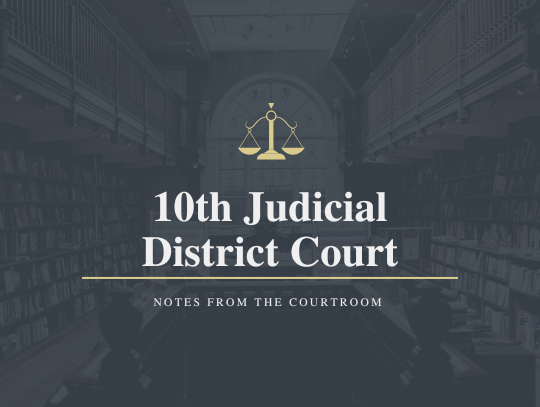Throughout much of your working life, you contribute to your 401(k), IRA and other investment accounts to help ensure a comfortable retirement. However, once you do retire, you’ll need to shift your focus somewhat from building these investments to using them – in other words, you’ll have to start withdrawing from your portfolio to meet the costs of living. How can you be sure you’re not taking out so much that you risk outliving your resources?
First of all, you need to establish a proper withdrawal rate – the percentage of your portfolio’s value needed for one year’s worth of retirement expenses. Ideally, if you were to stick with this rate, your portfolio would last as long as you do. Your withdrawal rate should be based on a number of factors, including your age, amount of assets, portfolio mix and retirement lifestyle. A financial professional can help you determine the rate that’s right for you, but it's important to understand that this rate is a starting point since you will want to review your withdrawals each year to ensure they are still appropriate.
If the financial markets performed smoothly and predictably, year in and year out, any adjustments you make would likely be more modest. But, as you know, and as we’ve all been reminded the last several months, the markets are neither smooth nor predictable. Rather than constantly trying to change your withdrawal rate and spending in response to movements in the markets – which may be challenging if you have grown accustomed to a certain standard of living – you might be better off adopting a more conservative rate at the beginning of your retirement. For example, if you are in your mid-60s, you could start at a withdrawal rate of about 4%, which also assumes an increase in withdrawals (a "raise") of approximately 3% each year to incorporate inflation. By starting at a more modest withdrawal rate, you would have some flexibility for those years in which the market drops significantly. And you could increase your chances of extending the lifetime of your portfolio.
But even if you started out with a conservative rate, you may need to review it during periods of extreme market movements. If, for instance, your portfolio were to fall 20% in one year, the 4% you had planned to withdraw would actually become 5% because you’re taking out the amount you had planned, but now it's from a smaller pool of money. If this happens, should you consider making an adjustment?
There’s no easy answer. The amount you withdraw from your portfolio has a major impact on how long your money lasts. You'll improve your likelihood of success if you are able to be flexible and make some spending adjustments – spending less on some of your discretionary items, for example, or not taking a "raise" until your portfolio recovers. Importantly, your financial advisor can help run different scenarios to determine if adjustments need to be made to ensure you remain on track
In any case, think carefully about your withdrawal rate. By managing it carefully, and reviewing it over time, you can take greater control over your retirement income.
This article was written by Edward Jones for use by your local Edward Jones Financial Advisor.
Edward Jones, Member SIPC
Sign up to receive updates and the Friday File email notices.
Support local, independent news – contribute to The Fallon Post, your non-profit (501c3) online news source for all things Fallon.
The Fallon Post -- 1951 W. Williams #385, Fallon, Nevada 89406










































Comment
Comments